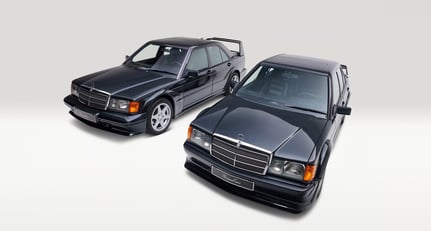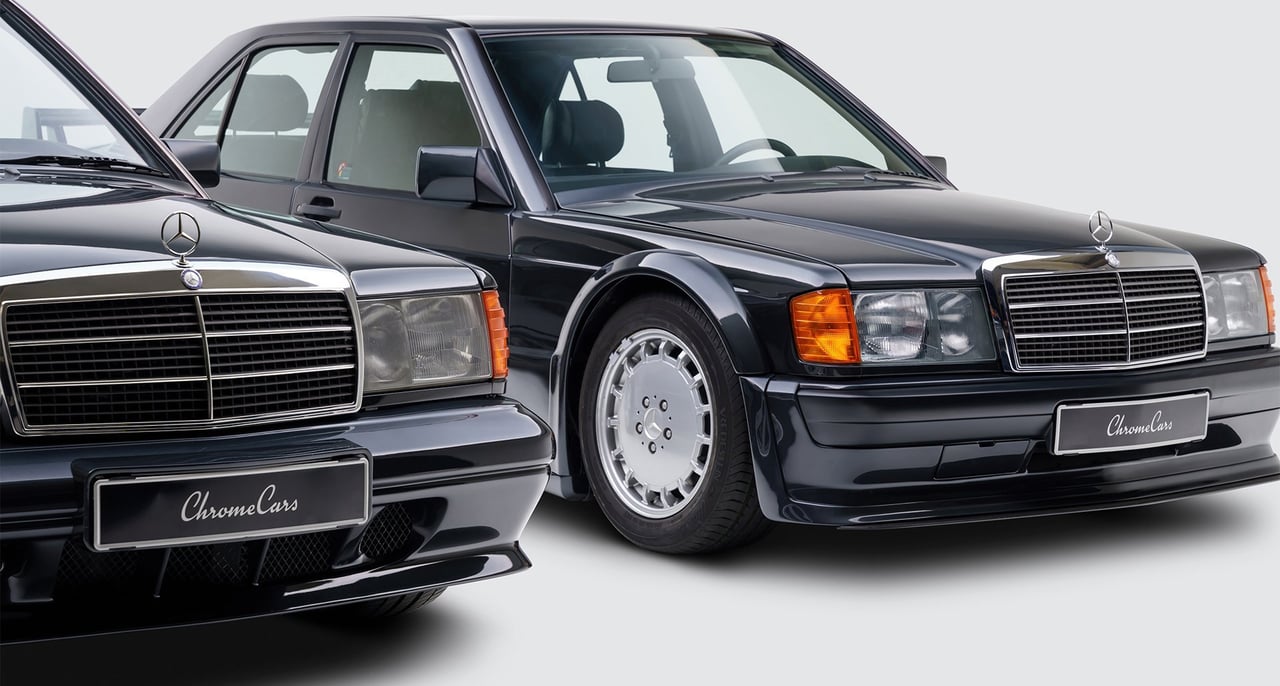

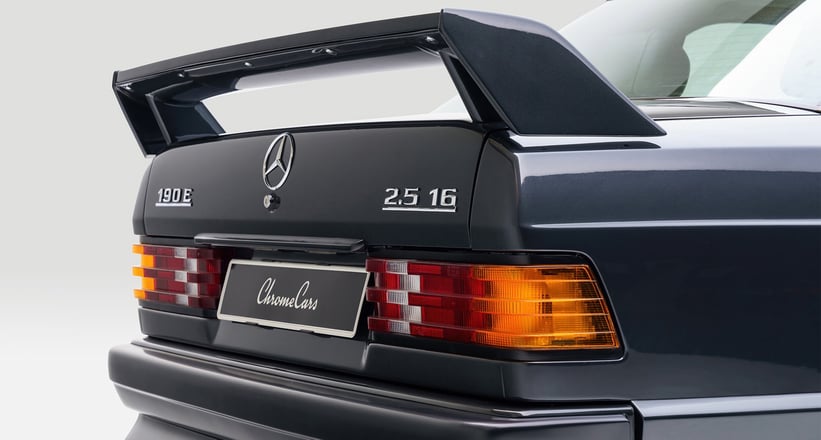
We’ve waxed lyrical about homologation specials for years. Decades have passed since the likes of Renault’s R5 Turbo, Audi Sport Quattro, E30 M3 and many others burst onto the scene in extremely limited numbers in order to join the titanic battles taking place on some of the world’s finest rally stages and racetracks. While many of the world’s greatest driver’s cars were born from this regulation, the history of the Mercedes-Benz 190E and its potent iterations in the form of the Evolution I and II are filled with twists and turns, both on and off the track.
Of the two, the Evolution II often takes the crown in the popularity contest, but its dramatic styling cues have the original Evolution I to thank for its success, which is where we’ll start first. Years before Mercedes-Benz started to invest heavily into the Deutsche Tourenwagen Meisterschaft, or DTM as we all know it by, it was down to independent teams to make a name for the 190E. In DTM’s inaugural 1986 season, they certainly did, with Volker Weidler claiming second place in the overall standings for Marko RSM, founded by none other than F1’s Helmut Marko.
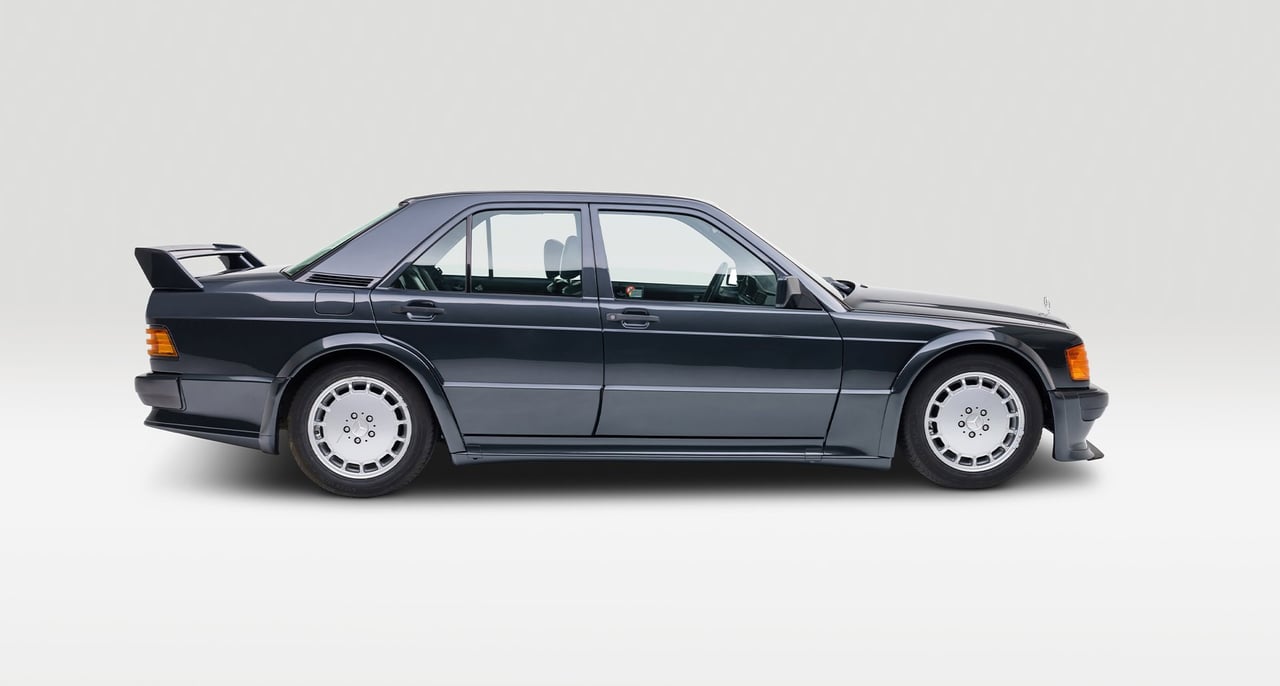
As the years rolled by, AMG and Mercedes-Benz began to become more and more involved in DTM, with 1989 becoming a pivotal year for the Baby Benz. DTM’s Group A regulations permitted further developed Evolution variants of a homologated car to be produced, subsequently opening the floodgates for innovation and experimentation. For the 1989 season, Mercedes-Benz had created the 190 E 2.5-16 Evolution 1, which was unveiled to the public at the Geneva Motor Show. Although still retaining its typical Mercedes-Benz refinement and charm, the EVO I boasted a heavily uprated aerodynamic pack, as well as some key upgrades to the 2.5-litre inline four-cylinder engine, giving it a shorter stroke and bigger bore, which would allow for a significantly higher rev-limit and a vastly improved power band. Visually, the wider body kit, beefier brakes and bigger wheels all give the EVO I an instantly recognisable stance, all of which were added in order to homologate similar features for the 1989 DTM cars.

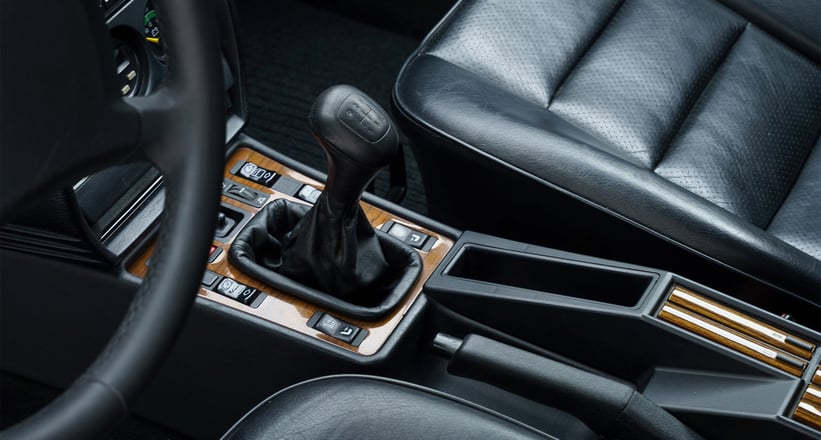
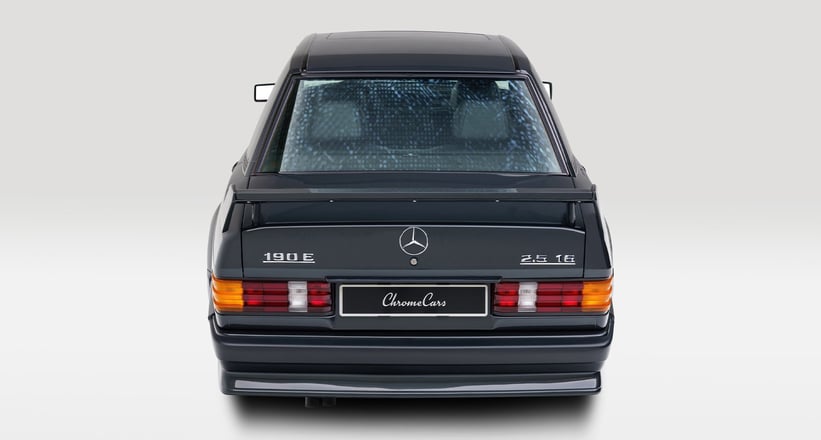
Weighing a whole 80 kilograms less than the standard 2.5-16 at 1320kg, the EVO I was a key milestone for Mercedes-Benz’s smallest model, becoming widely successful in the coming DTM season, while off the circuit, a limited total of 502 examples were snapped up almost immediately. There was one rather irritating fly in this three-pointed ointment, though, in the form of BMW’s E30 M3. With the best finishing 190E claiming fourth place in the 1989 DTM standings, 1990 needed to be Merc’s year…
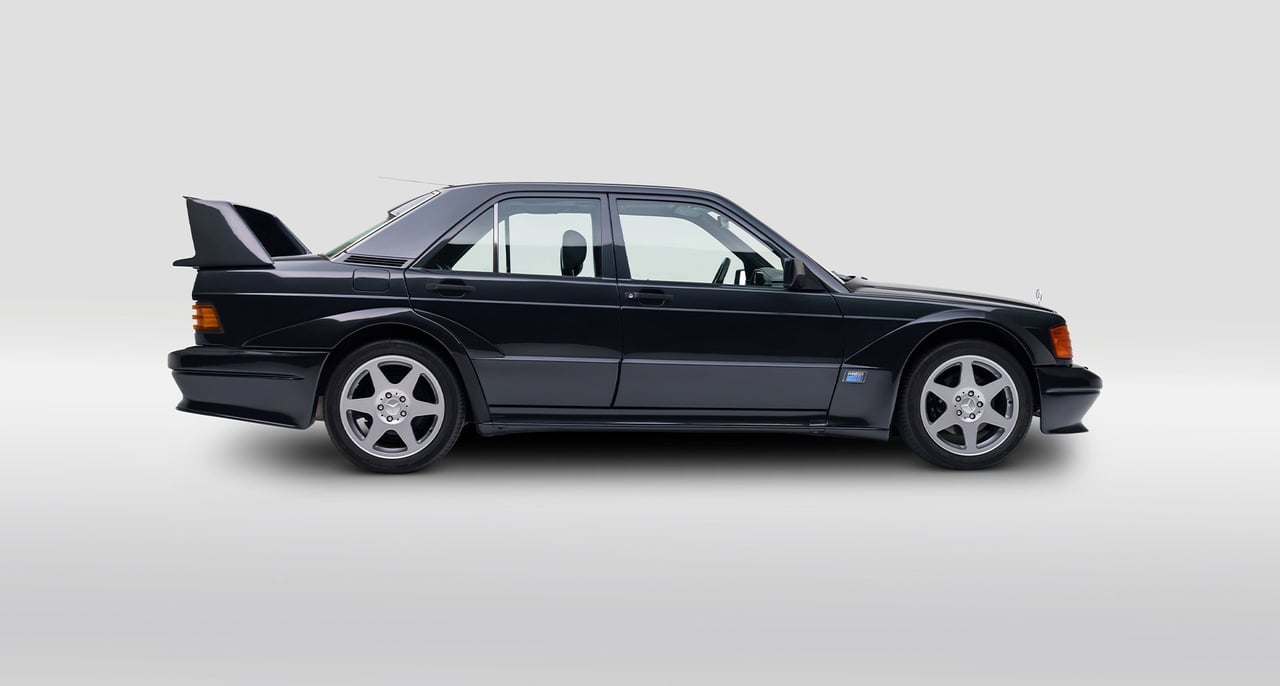
Debuting in March of 1990, the EVO II made substantial improvements on the already impressive foundations of the EVO I. Mercedes-Benz studied the hefty DTM rulebook, and began to see areas which they could enhance the 190E further, introducing a radical new look thanks to a collaboration between Mercedes’ Rüdiger Faul and Professor Richard Läpple who was based at the Stuttgart University of Technology. Wider, extended arches match the chunkier rear bumper and re-profiled front end, featuring an air-piercing bumper with an all-important adjustable chin splitter. Perhaps the most eye-catching addition, though, was an absurdly large, two-tier rear spoiler, something never seen on a Mercedes-Benz before, but an addition that drastically improved the cars rear downforce and agility. The now five-year-old 2.5-litre 16 valve engine also got a boost, with peak output reaching 235bhp at 7200rpm.

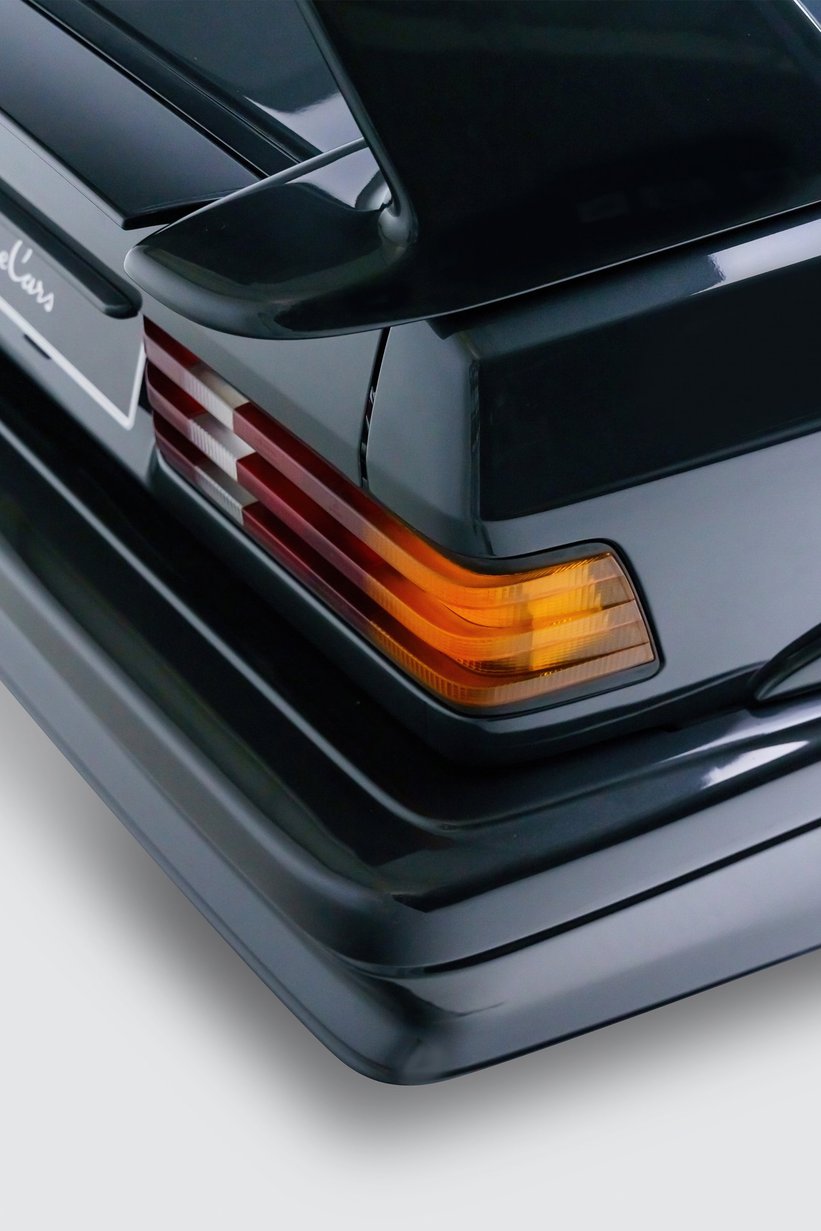
Just like the Evolution I, the second variant had a production run of 502 cars, all of which were left-hand drive. While the EVO II became an instant classic as a road car, in competition it struggled to rise to stardom, with multiple DNFs and a weight issue causing an investigation into the 190E. Despite these setbacks, BMW’s throne was stolen in the 1991 season, with Audi’s Frank Biela winning the Drivers’ title in 1991, and Mercedes claiming that year’s Manufacturers’ championship.
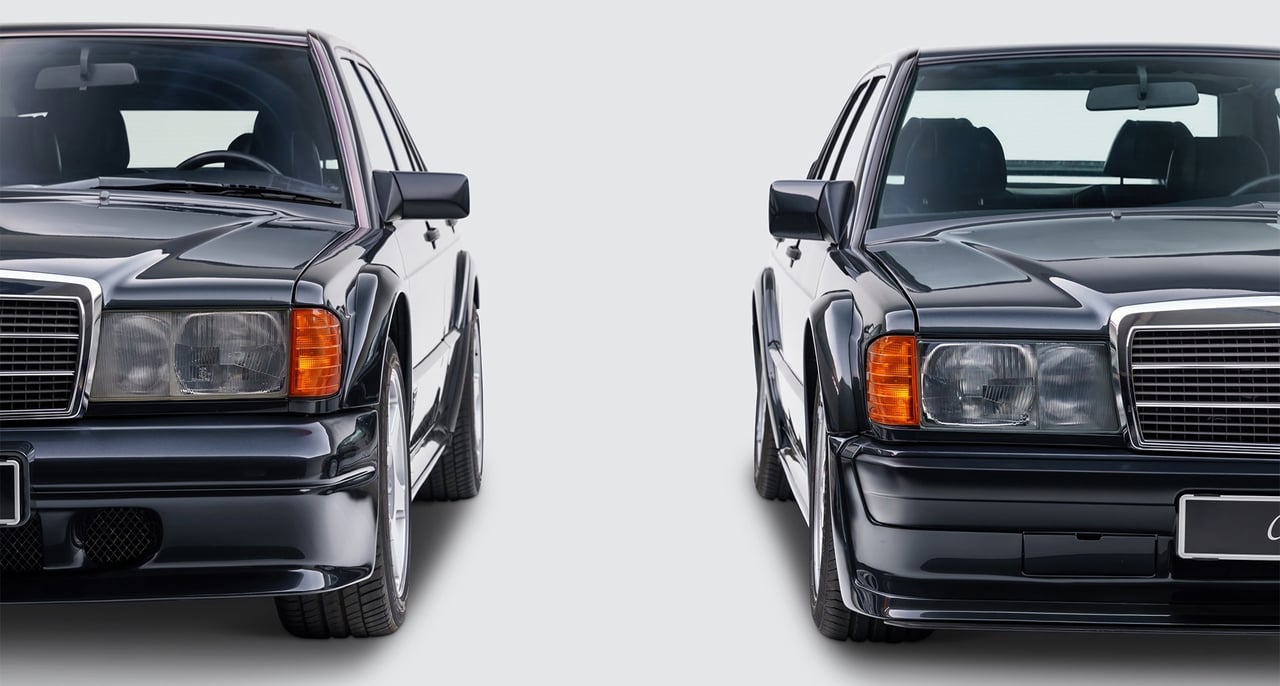
This is a truly rare opportunity to own two of Mercedes-Benz’s most ambitious racers, offering a thrilling driving experience, regardless of the length of journey. If you’ve ever wondered what the differences are between the Evolution I and Evolution II, ChromeCars have the perfect opportunity to run a side-by-side test on your favourite roads and race tracks with these two immaculate examples!
